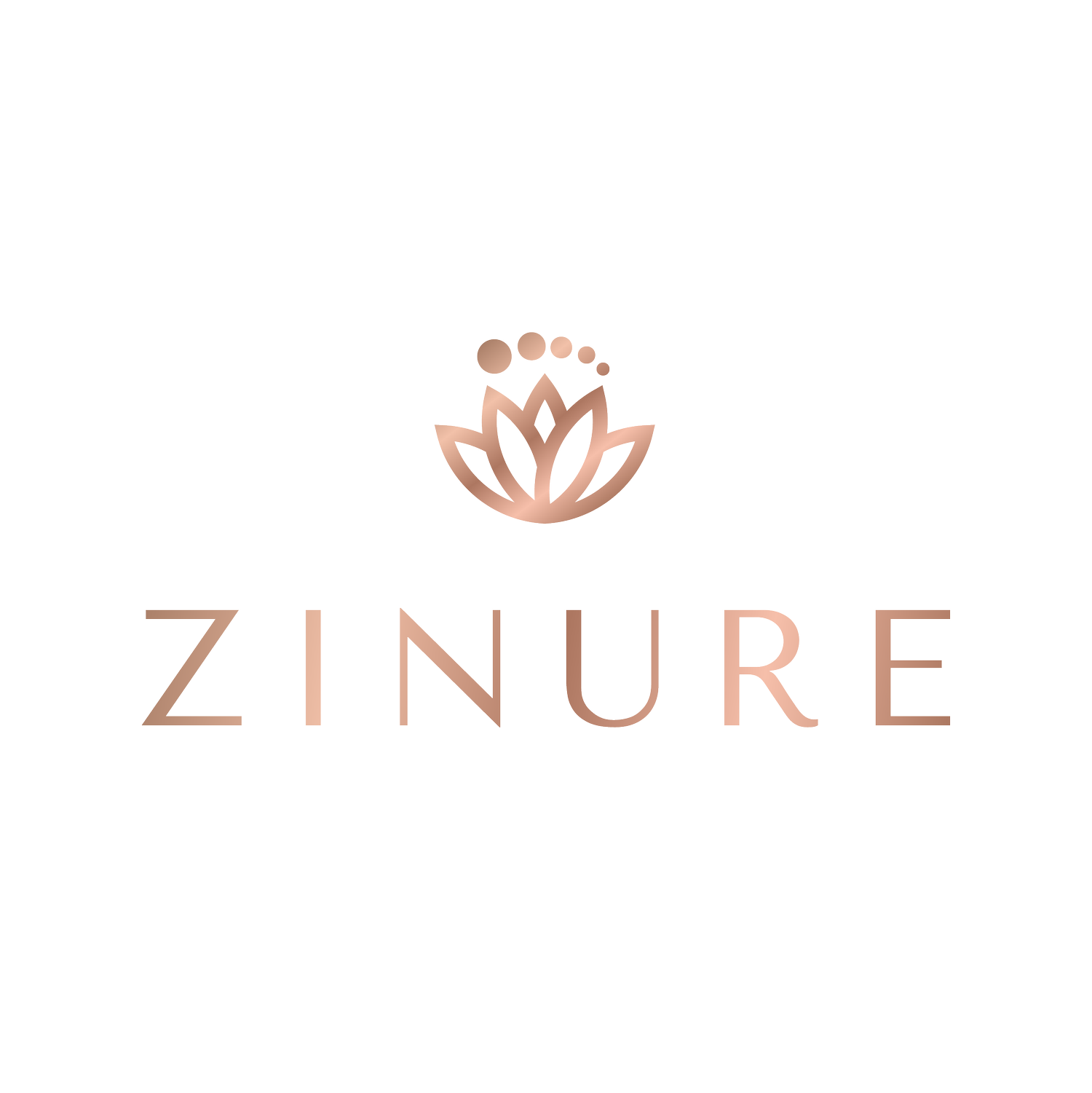Kintsugi and the Beauty of Postpartum Stretch Marks: Embracing Our Stories
It is the practice of repairing broken pottery with lacquer mixed with powdered gold, silver, or platinum. Instead of discarding cracked or shattered pieces, artisans meticulously mend them, highlighting the fractures rather than hiding them. The result is a piece that is more beautiful and valuable than before, a testament to the idea that our imperfections are not flaws but part of our story.
Kintsugi is rooted in wabi-sabi, a Japanese philosophy that finds beauty in imperfection, transience, and the natural cycle of growth and decay. It dates back to the 15th century when a Japanese shogun, Ashikaga Yoshimasa, sent a broken tea bowl to China for repair. Upon its return, he was disappointed by the crude metal staples used to fix it, inspiring Japanese craftsmen to develop a more elegant method—one that honored the breakage rather than disguising it. Over time, Kintsugi evolved into a profound metaphor for resilience, healing, and the beauty of transformation.
Now, imagine applying this philosophy to the postpartum body.
Our Stretch Marks Tell a Story
Pregnancy is a journey of profound transformation—physically, emotionally, and spiritually. As our bodies expand to nurture and carry life, our skin stretches beyond its previous limits, leaving behind stretch marks—silvery, golden, or deep-toned etchings that trace the beautiful path of motherhood. Like the cracks in Kintsugi pottery, these marks are signs of change, survival, and creation.
Yet, in a society that idolizes flawless skin and youthful bodies, postpartum stretch marks are too often seen as something to be erased or hidden. We are taught to seek creams, lasers, and filters to make them disappear. But what if, instead, we chose to see them as golden cracks—beautiful, irreplaceable imprints of the life we brought into the world?
Strength in Owning Our Marks
Like Kintsugi, embracing postpartum stretch marks is about shifting our perspective. These marks are not signs of damage or loss; they are proof of resilience, strength, and love. They tell the story of expansion—of the way our bodies made room for another heart to beat within us.
Think about this, each stretch mark serves as a reminder of:
The months we carried and nurtured life
The sheer strength it took to endure labor and delivery (whew!)
The transformation we underwent, both physically and emotionally
The love we poured into another being, even before we felt their first flutter
Our bodies are not broken; they have simply evolved. And just like Kintsugi pottery, they are more valuable because of their journey.
Embracing Our Kintsugi
Imagine if we treated our postpartum bodies the way Kintsugi artisans treat broken pottery—with reverence, care, and appreciation. Instead of mourning the changes, we could choose to celebrate them. Instead of trying to erase the past, we could honor it.
Here are ways to embody the Kintsugi philosophy in our postpartum journey:
Reframe Your Perspective – Instead of calling them “flaws,” refer to your stretch marks as your marks of gold, the lines of love and life that make you uniquely beautiful.
Practice Self-Compassion – Speak to yourself with the same kindness you would offer a friend. Remember, your body has done something extraordinary—it deserves your love.
Share Your Story – The more we normalize postpartum changes, the more we empower others to embrace their own transformations. Wear your stretch marks with pride.
Honor Your Body with Rituals – Just as Kintsugi is an intentional and delicate process, treat your body with care. Whether it’s applying oils in a loving way, dressing in clothes that make you feel confident, or simply expressing gratitude for all your body has done—these small acts of care create a positive relationship with yourself.
Like Kintsugi, postpartum stretch marks are a symbol of beauty, strength, and resilience. They are the golden seams of motherhood, reminding us that our transformation is not something to be hidden but something to be honored.
Let’s rewrite the narrative together. 💛
